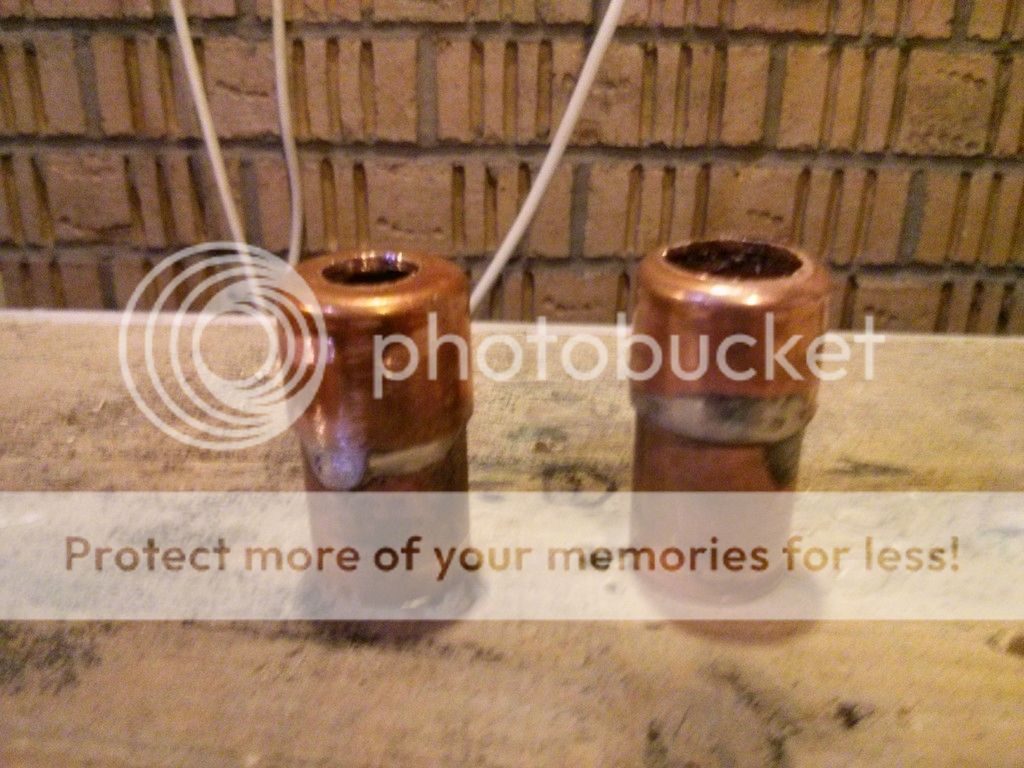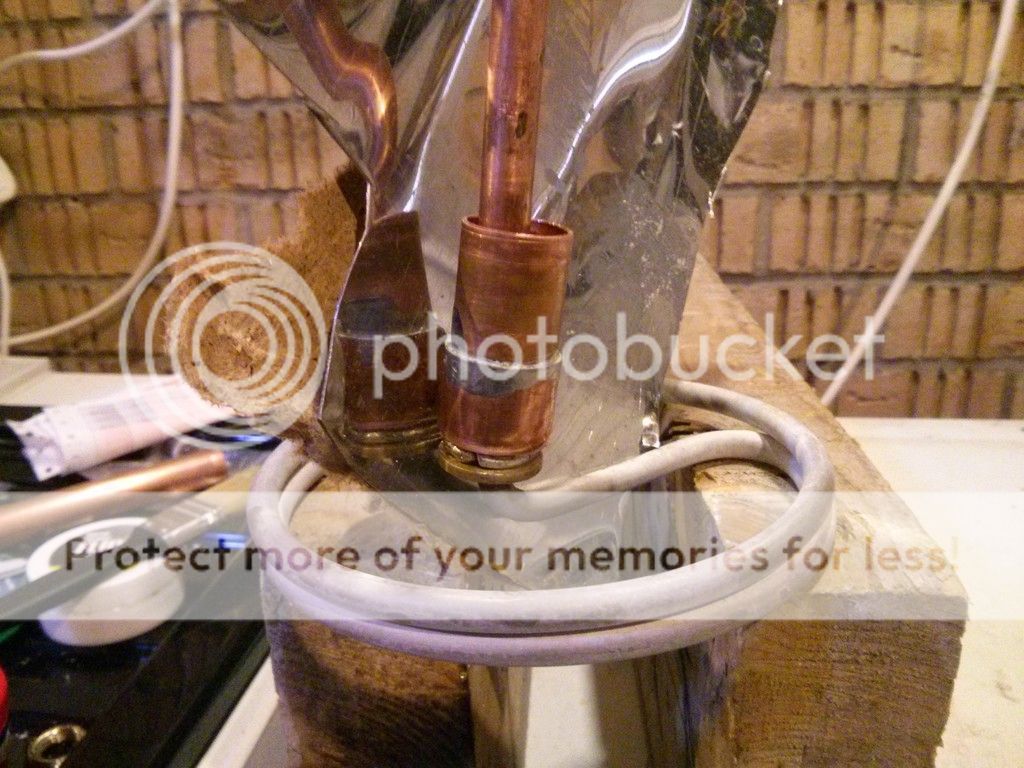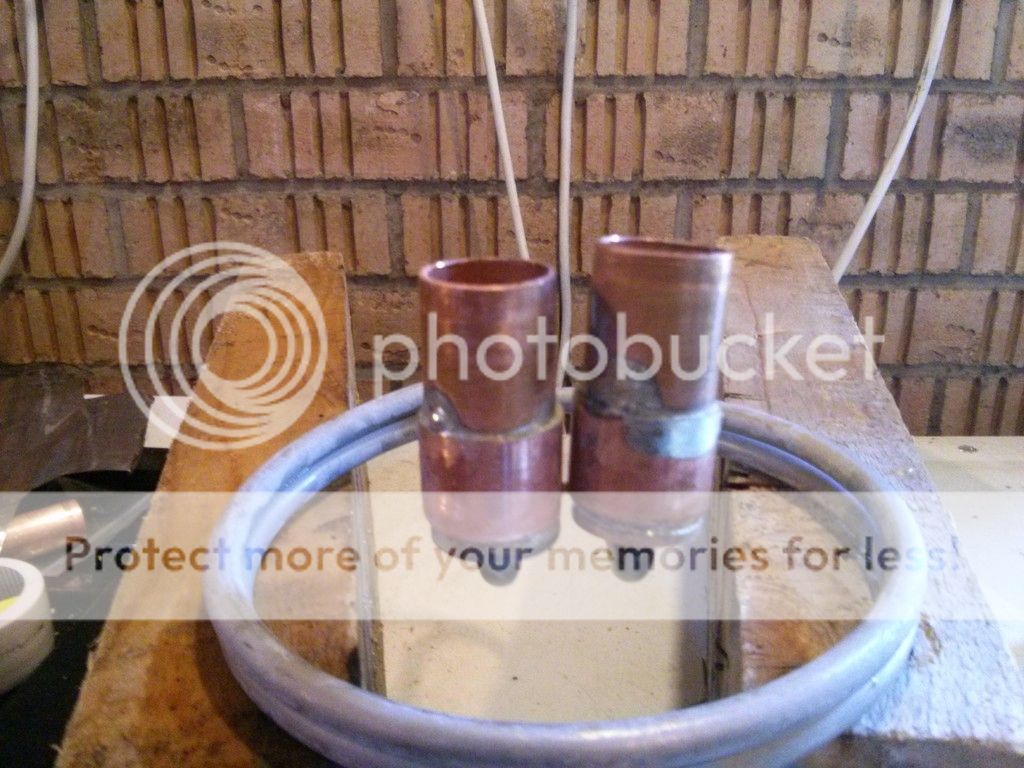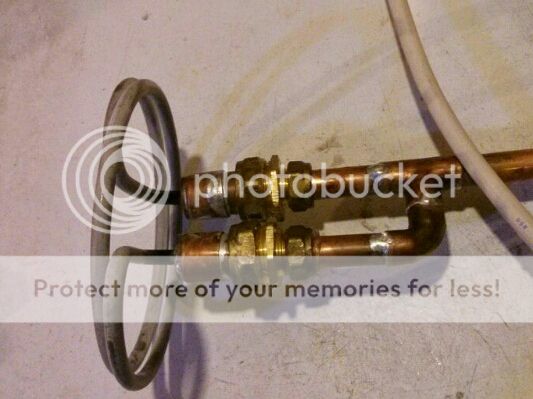This is what I did, but I'm not claiming its safe or that it meets any safety standards. If you build one you and you alone take on all responsibility for it and for any and all harms done by it.
I'm building a new system but the urn I'm using as a kettle has a notoriously unreliable element and as the good Mr Murphy has visited me too many times in the past I decided to build a backup heater.
I had a spare 3 kW element from a previous failed BM clone build :-

You will need a test meter, use it to check the element and assembly for earth leakage, continuity and resistance at every stage of the build.
I had intended to fit tubes with drilled out stop ends using the silicone washer and nut that originally came with the element.

However I noticed that the threaded fitting was brass and that it seemed to be silver soldered onto the stainless element. So instead of using the washer and nut fitting I used lead free plumbers solder.


An important point is to remove and smooth any rough edges on the inside of the tube cuts or when the wires are dragged through the insulation will be damaged possibly causing a short circuit.

The construction of the handle section is obvious, the earth wire is soldered near the bottom of the straight section using electrical flux and solder.
When you have the wires in place connect them to the elements terminals and flood the section they're in with silicone. This must be food grade silicone not the smelly acidic type.
Use the reducing couplings to connect everything together remembering to smear the olives with silicone before they are tightened up.
I used a bit of hose and some hose and heat shrink to provide an insulated grip and to protect the heat resistant flex where it exits the copper tube.
Fit a plug but do not plug it in!!
Do final checks for continuity, earth leakage and resistance if its OK plug it in and see if it heats water. The water must completely cover the element.
Take care, check often and stay safe.
Atb. Aamcle
I'm building a new system but the urn I'm using as a kettle has a notoriously unreliable element and as the good Mr Murphy has visited me too many times in the past I decided to build a backup heater.
I had a spare 3 kW element from a previous failed BM clone build :-

You will need a test meter, use it to check the element and assembly for earth leakage, continuity and resistance at every stage of the build.
I had intended to fit tubes with drilled out stop ends using the silicone washer and nut that originally came with the element.

However I noticed that the threaded fitting was brass and that it seemed to be silver soldered onto the stainless element. So instead of using the washer and nut fitting I used lead free plumbers solder.


An important point is to remove and smooth any rough edges on the inside of the tube cuts or when the wires are dragged through the insulation will be damaged possibly causing a short circuit.

The construction of the handle section is obvious, the earth wire is soldered near the bottom of the straight section using electrical flux and solder.
When you have the wires in place connect them to the elements terminals and flood the section they're in with silicone. This must be food grade silicone not the smelly acidic type.
Use the reducing couplings to connect everything together remembering to smear the olives with silicone before they are tightened up.
I used a bit of hose and some hose and heat shrink to provide an insulated grip and to protect the heat resistant flex where it exits the copper tube.
Fit a plug but do not plug it in!!
Do final checks for continuity, earth leakage and resistance if its OK plug it in and see if it heats water. The water must completely cover the element.
Take care, check often and stay safe.
Atb. Aamcle


